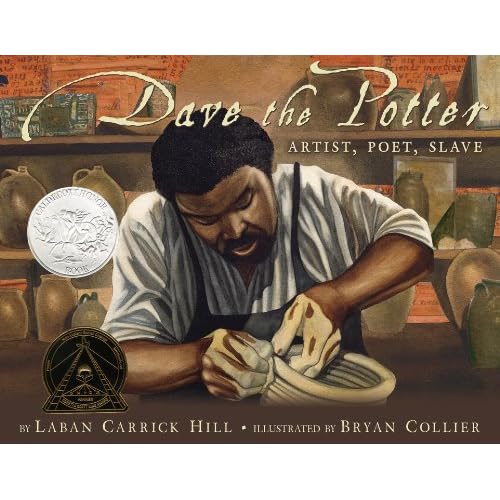
When Patron's first book came out (The Higher Power of Lucky) it raised a great deal of controversy over its use of the word scrotum in the novel's fist few pages (the dog had slid into a cactus and had been punctured in that area). When I read that book I remember thinking that, without the controversy, it likely would have faded away without making much of an impact. Lucky is an interesting character, and the desert outcast community that she lives in is certainly a fascinating place, but the book just didn't grab me much.
I have much the same reaction to this sequel. It has an interesting plot (Lucky's adoptive mom is in danger of losing her restaurant, Lucky is in danger of being kicked out of school, and she may also be on the edge of finally finding out details about her real father.) The story moves, the characters are sympathetic.
I guess what bugged me more than a little was the way the book chose to take pot shots are simple-minded fundamentalist Christians. To be sure, they are an easy enough (and arguably deserving) target, but it distracted from the story. Lucky argues with her friend over a seven day creation versus the evidence in the geologic record. Lucky's friend's Mom seems to read the Bible without much thought or discernment. Christianity seems very much a black and white, cut and dried sort of thing. And there are Christians like that out there -- but they have been made fun of for so long that it seems like a tired choice.
I liked reading it, I suppose. It kept my attention. But on some level, I found it sort of tiring. Of course, I could be gone. Give it a look and see what you think. This book is probably best for fourth and up. It can easily be connected to lessons in language arts and science.



























